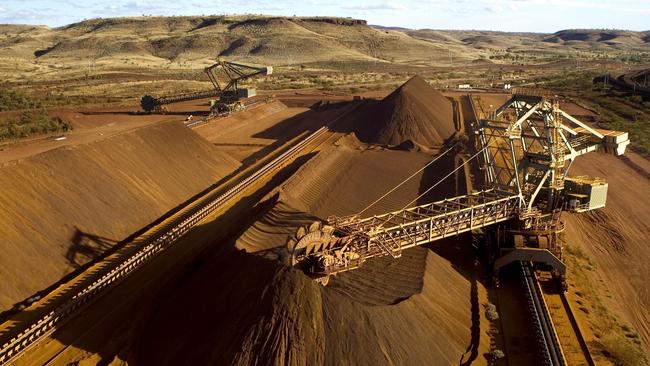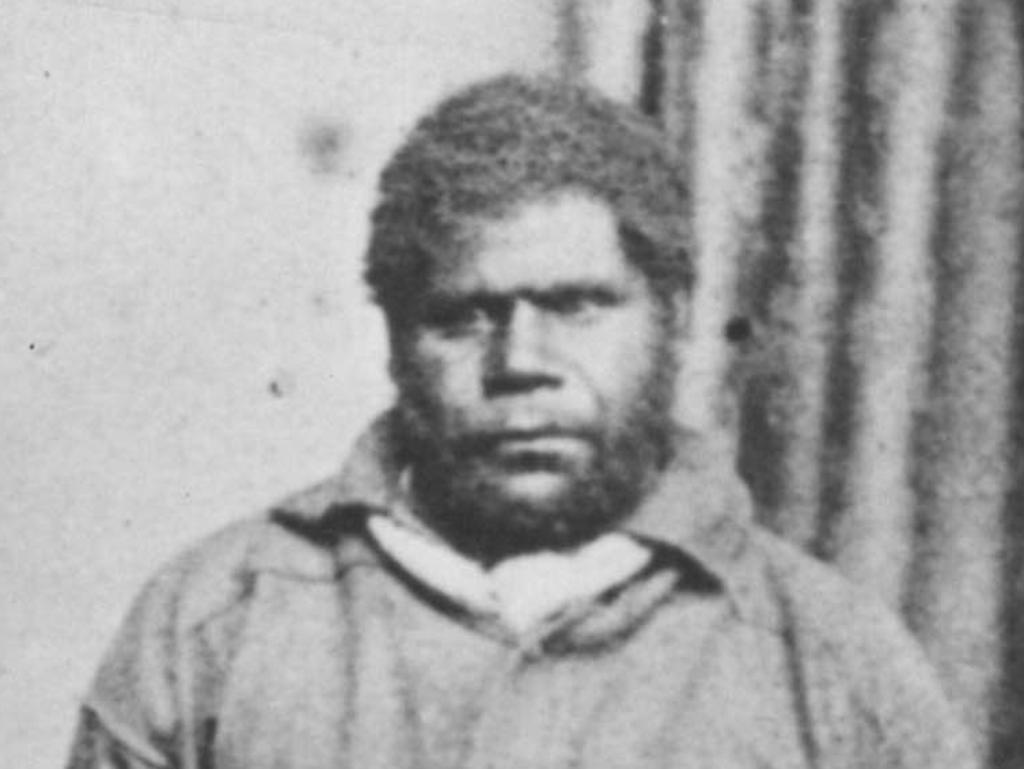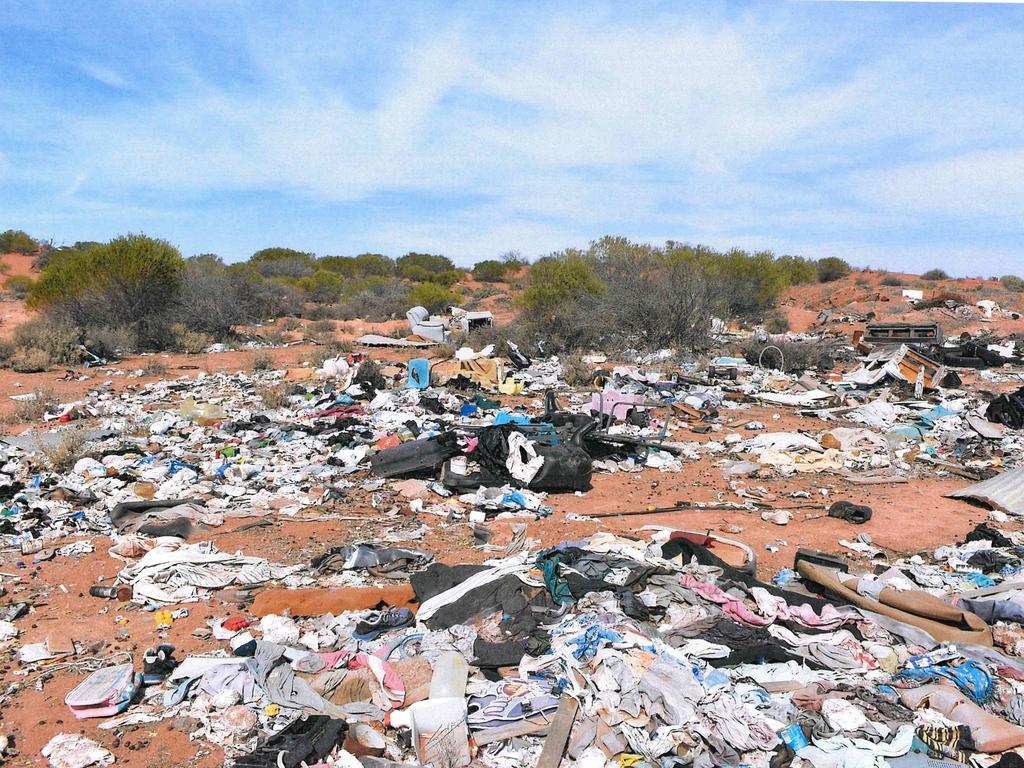Rio royalty bill could hit $400m
Rio Tinto is accused of decades of underpayments to the traditional owners of a major Pilbara iron ore mine.

Rio Tinto could owe as much as $400m to the traditional owners of a major Pilbara iron ore mine, with the company accused of decades of underpayments to a native title group representing remote Pilbara communities even as it declares record $14bn in iron ore profits.
The allegations are based on an audit of more than 20 years of payments due under one of the first ever land use agreements between native title holders and a major mining company in WA, and come after Rio Tinto’s iron ore division booked record profit of $13.8bn ($US10.2bn) in the first half of the year.
The dispute between Rio and the Gumala Aboriginal Corporation over payments due from the Yandicoogina mine first flared last year, as Rio scrambled to deal with the fallout from its disastrous decision to blast 46,000-year-old heritage sites at Juukan Gorge.
In July 2020 Rio wrote to the corporation, notifying its directors of a royalty underpayment spanning “a number of years” and attaching payment of about $40m plus interest.
It is not uncommon for mining companies to make minor adjustments to royalty payments after the close of the financial year, as their own financial figures clarified what was owed.
But the cheque that Rio sent was larger than the annual royalties received by GAC in the 2019 financial year, at the time the second biggest payment in its history.
Rio initially gave no indication of the basis of its recalculation, and it is understood GAC returned the cheque and demanded a full forensic audit of Rio’s payments dating back to the start of the agreement in 1997.
A spokesman for the mining giant said Rio had funded that audit, and handed over documentation to support its work.
“At GAC’s request, Rio Tinto has provided funding to meet the costs of a detailed audit on GAC’s behalf to assess the payments,” he said.
“Rio Tinto has provided both GAC and its auditors with all relevant information, including aerial surveys and detailed financial models of payment calculations.”
The report is understood to have identified close to $400m in underpayments, including interest, due over the life of the agreement.
The Yandicoogina agreement was signed in 1997 and is one of WA’s oldest royalty agreements between native title holders and a major mining company.
Unlike more modern agreements, it is calculated on the basis of ground disturbance at the mine and its surrounding area with some adjustments for the iron ore price, and is not a pure royalty agreement in which payments are made on the basis of tonnes of iron ore extracted and sold.
The current dispute surrounds differing interpretations of the meaning of “disturbance”.
Rio has traditionally relied on a narrow definition of how much ground has been disturbed at Yandicoogina, with its $40m cheque for underpayments believed to be based on a reinterpretation of the formula to include infrastructure necessary to support the mine.
GAC’s figures are believed to be based on a broader interpretation of what has been disturbed, arguing that compensation for areas of land Rio considers to have only been “partially” affected by its operations should be included in its payments. The preliminary findings of the review were delivered to GAC earlier this year, and passed on to Rio. A final report was delivered last week, and also passed on to the mining giant.
“Rio Tinto is in ongoing talks with Gumala Aboriginal Corporation (GAC) in an effort to resolve this issue, related to historical payment for infrastructure ground disturbance,” the Rio spokesman said.
“Rio Tinto was provided a copy of the audit report on 29th July and is reviewing it before a planned meeting with GAC to discuss the findings. Rio Tinto remains committed to resolving the matter.”
One senior Indigenous leader close to the issue told The Australian the time it had taken to resolve the issues arising from the Yandicoogina Land Use Agreement had long undermined Rio’s claims to be a good partner to traditional owners and the communities that surround its mines.
“If they want to be partners, be partners. If they just want to send cheques, then let us be the landlord and set the rent ourselves,” they said.





To join the conversation, please log in. Don't have an account? Register
Join the conversation, you are commenting as Logout